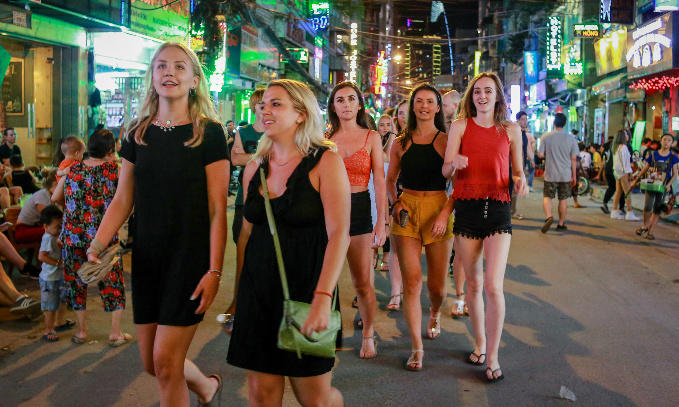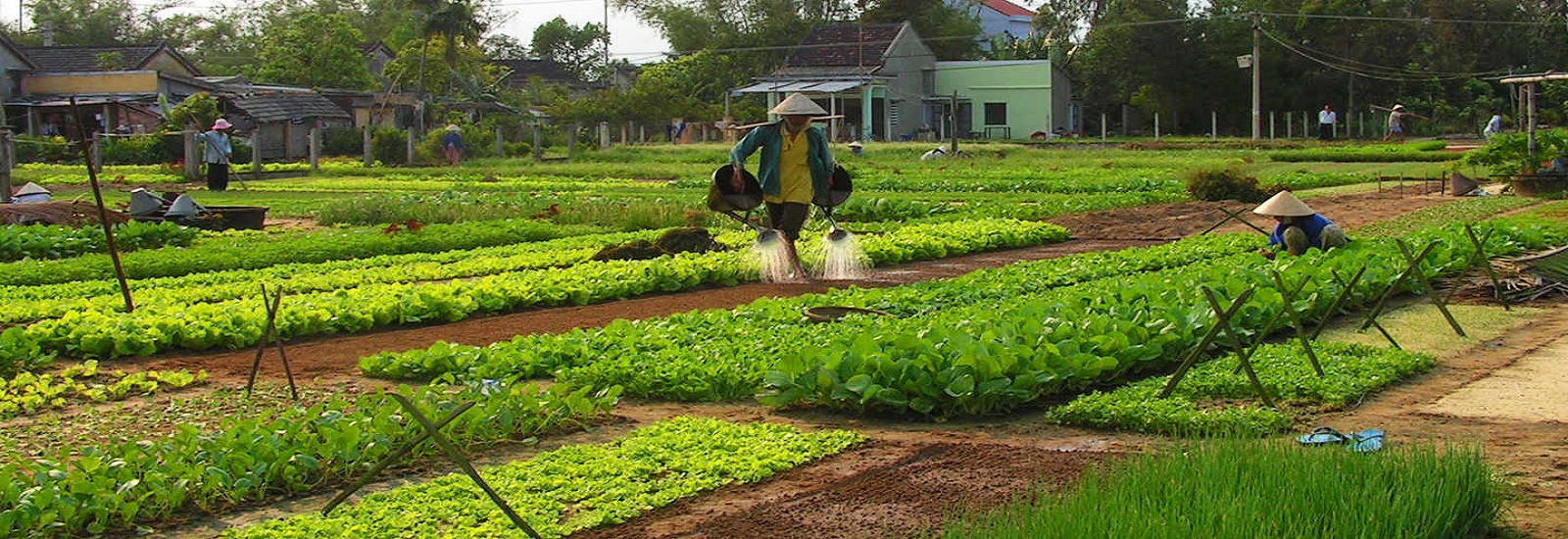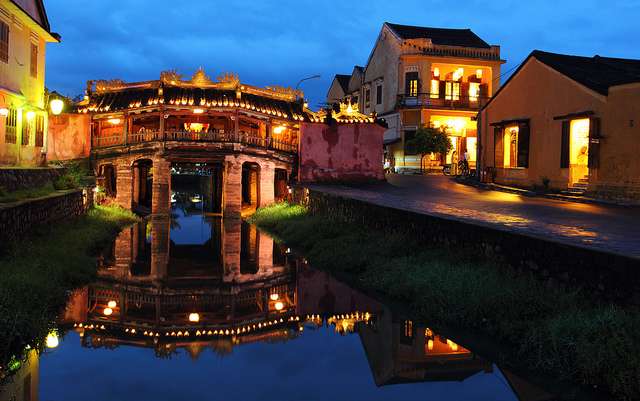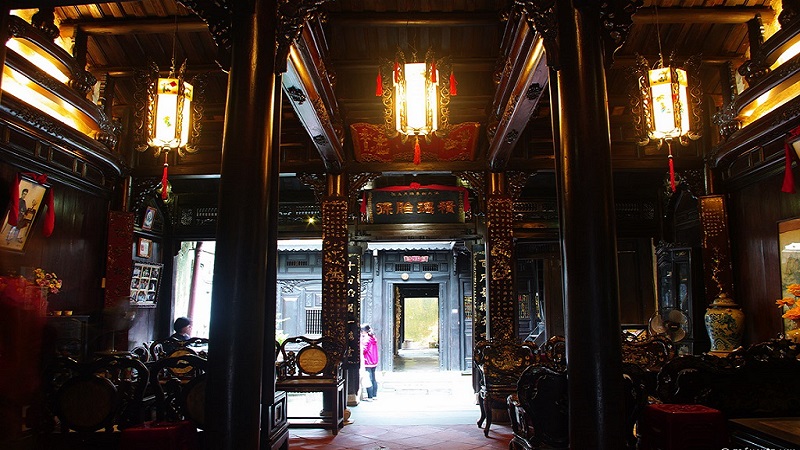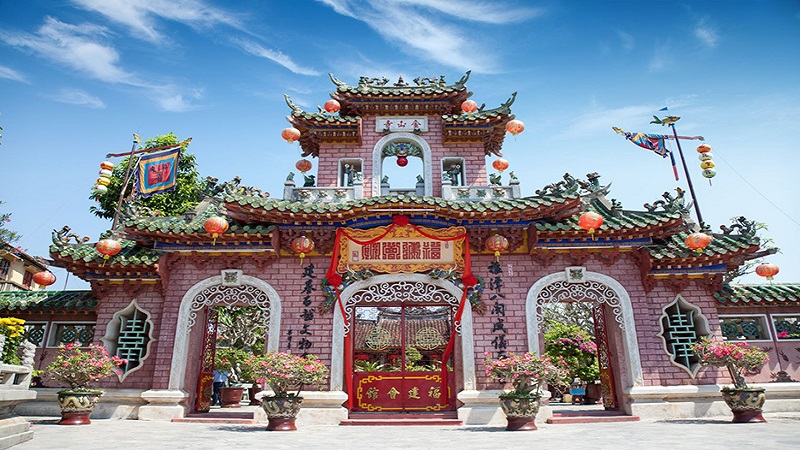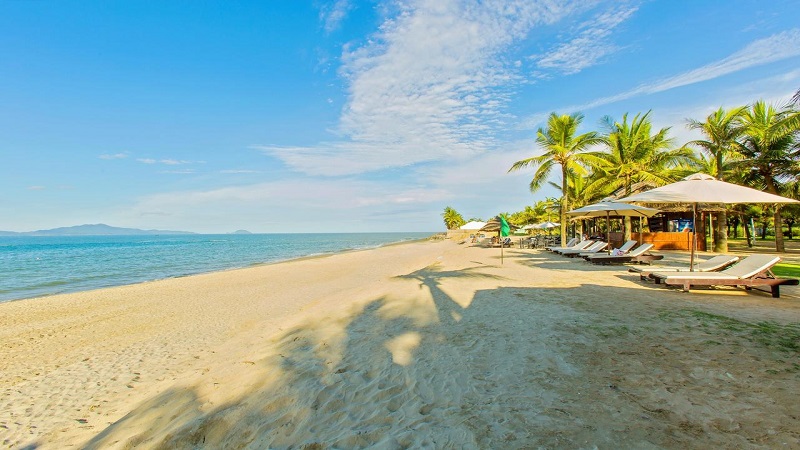Hoi An Travel Guide
Best Things to Do in Hoi An
What Things to Do and Best Places to Visit in Hoi An Ancient Town of Vietnam? From the best must see tourist attractions to the unique activities not to be missed, this guide will help you plan the perfect trip in Hoi An. Whether you’re looking for a relaxing beach holiday or an action-packed adventures, Hoi An has something for everyone. Hoi An is one of the most favorite destinations in Vietnam. Ancient and peaceful Hoi An town caters to visitors of all tastes and across continents.
1 - My Son Holy Land: My Son Sanctuary is located in Duy Phu commune, Duy Xuyen district, Quang Nam province, about 69 km from Da Nang city and near the ancient citadel of Tra Kieu, including many Cham temples in a valley about 2 km in diameter, Surrounded by hills. This was the place where the sacrificial worship of the Cham dynasty as well as the tombs of the Cham King or prince, national interest. My Son is considered one of the main centers of Hindu temples in Southeast Asia and is the only heritage of this genre in Vietnam.
It is often compared with other major temples in Southeast Asia such as Borobudur (Java, Indonesia), Pagan (Myanmar), Angkor Wat (Cambodia) and Ayutthaya (Thailand). My Son Sanctuary has been selected by UNESCO as one of the world heritage sites at the 23rd session of the World Heritage Committee as a good example cultural exchanges and standards as the only evidence of Asian civilization has disappeared. Currently, this place has been the Prime Minister of Vietnam put on the list of 23 national monuments of special importance.
2 - Thanh Ha Pottery Village: Thanh Ha Pottery Village, located on the Thu Bon River, is a typical tourist attraction in Hoi An. With the history of more than 500 years of establishment and development, this place possesses a rustic beauty that is rarely found anywhere else. Coming to Thanh Ha pottery village, you will feel like you are lost in an ancient peaceful countryside!

Visiting this tourist attraction in Hoi An, you not only visit the pottery village but also have the opportunity to experience many different interesting activities. Therefore, the entrance fee above is inclusive of other services such as discovering Dinh Xuan My relic, relic of craft ancestors or watching pottery artisans at work. In particular, here you also have the opportunity to create a pottery by yourself from the most basic steps.
3 - Hoi An Night Market and Walking Street: Hoi An Night Market and Walking Streets are fabulous destinations for many local and international tourists when coming to Quang Nam Province. At this market, you will be immersed in the bustling shopping space and get attracted to many dishes with the unique regional taste.
A visit to the Night Market in Hoi An is a lively experience for many families, couples and even photographers when coming to this ancient town. If you intend to travel to this wonderful land, read the article to know more about the market as well as how to have a perfect Hoi An trip to this vibrant place.
4 - Cam Thanh Coconut Village: The village is now an urban ward of Hoi An Ancient City. It is getting famous to be a new sightseeing and ecotourism village for all travelers who want to discover the rest part of Hoi An by bicycle and motorbike. There are many nice traditional houses for visiting, travelers have a chance to join these activities under guideline of local people.
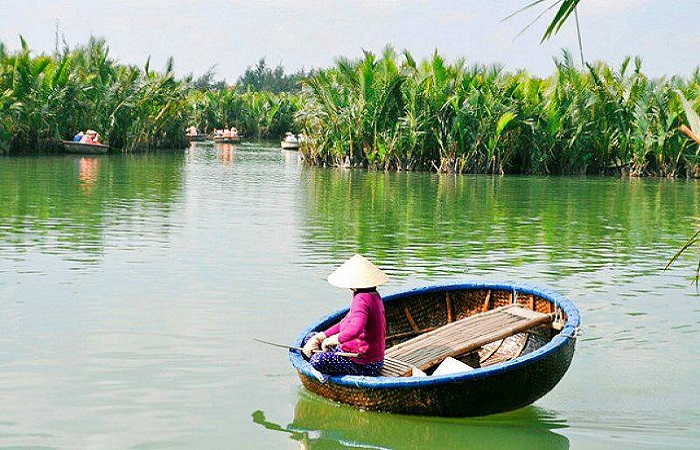
5 - Trà Quế Vegetable Village: The village is located about 2.5 kilometers from the City Center of Hội An to the north. The history of this area was formed in the seventeenth and eighteenth centuries, when Hoi An was a prosperous port in Central Vietnam. The village is now famous for many vegetable products which have the taste of traditional medicine and tasty flavor. Vegetables here are planted by traditional intensive farming methods and fertilized by algae of Trà Quế lagoon. Therefore, green vegetables here have a unique and aromatic flavor.
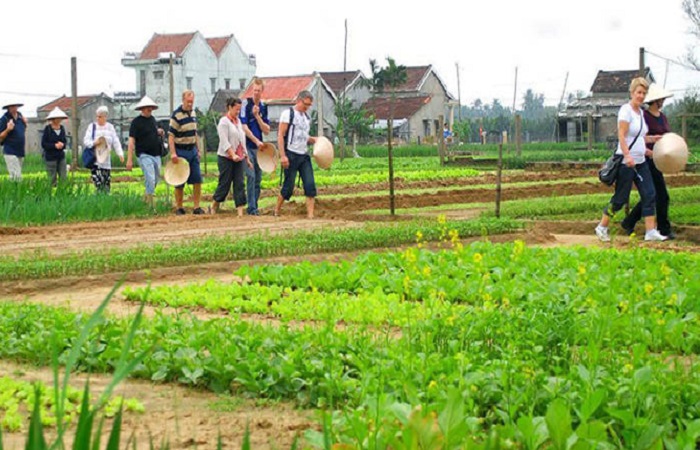
Visit Trà Quế Vegetable Village in Hoi An, you will enjoy the rustic and peaceful nature picture of an immense vegetable area, and experience being a farmer to hoe the soil, fertilize by algae, and water by watering bucket. Besides, you can enjoy basil seed drink, make and enjoy your own rustic dishes made from Trà Quế green vegetables.
6 - Kim Bong Carpentry Village: Kim Bong is a village in Cam Kim commune, Hoi An city, Quang Nam province in Central Vietnam, where a famous handicraft named Kim Bong Carpentry was established. It is located in the lower right bank of Thu Bon river that flows through Hoi An before emptying into the sea.

From the Kim Bong Village, looking across the Hoai river is the ancient town of Hoi An. This is a very convenient location not only because it is not far from the urban centre, but also it is very easy in transporting materials by waterway to develop the industries of local people.
7 - Hoi An Lantern Festival: Hoi An Lantern Festival is one of the interesting cultural activities of the people of the old town. This is also an opportunity for tourists from all over the world to come and admire the unique and peaceful beauty of Hoi An.
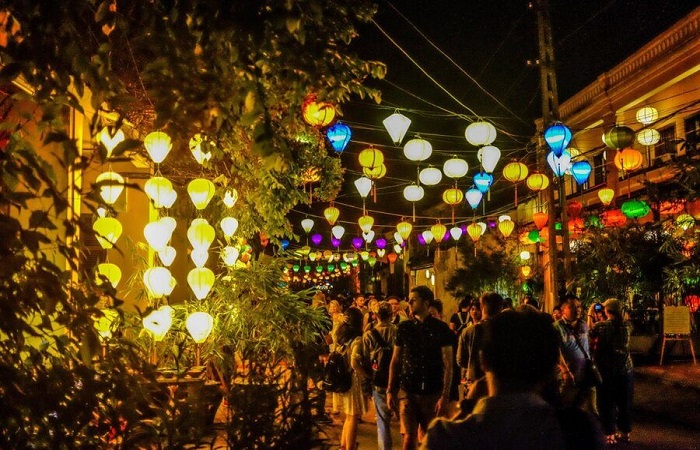
One of the experiences not to be missed when coming to Quang Nam is participating in the Hoi An lantern festival. The colorful lanterns not only symbolize luck and peace, but also create a beautiful and peaceful space for you to save many 1-0-2 moments when traveling to Hoi An.
8 - Cu Lao Cham Island: Cu Lao Cham Island is one of the most beautiful tourist destinations in Hoi An, Quang Nam, Vietnam. Where there are beautiful white sand beaches, sunny and windy along with unspoiled natural landscapes, blended with the typical historical culture of the Central region.

Tourists coming to Cu Lao Cham tourist island will enjoy a quiet and peaceful space, watching coral reefs and diverse marine species, immersed in the clear blue sea. At the same time, visitors can also participate in water sports activities such as scuba diving, sea walking, kayaking, squid fishing, fishing or enjoying the typical fresh seafood dishes of this place.
9 - Hoi An Cycling Tours: Go and grab two wheels and spend the day pottering through the rice paddy fields, flower villages and meeting the locals. This is an excellent way to exprerience the real life of local people in Hoi An.
10 - Japanese Cover Bridge: The bridge was built by Japanese merchants in the late 17th century, sometimes called the Japanese Bridge. According to legend, the temple is considered as a sword stabbing the back of the namazu monster, causing it not to tear the tail, causing earthquakes. In 1653, a pagoda was erected, connecting it to the north rail, protruding from the bridge, from which the local people called the Bridge.
In 1719, Lord Nguyen Phuc Chu visited Hoi An, named the bridge Lai Vien Kieu, meaning "welcome guests from far away". According to the date recorded at the roof and the remaining epitaph at the bridge, the bridge was rebuilt in 1817. The temple was probably reconstructed at this time.
On February 17, 1990, Cau Pagoda was granted the National Historical-Cultural Relic.
The pagoda bridge was restored in 1817, 1865, 1915, 1986 and gradually lost the Japanese architectural elements, instead of the Vietnamese-Chinese style architecture. Currently, the bridge is being eroded by the sewage channel stinking under the bridge and there is a risk of subsidence tilt.
11 - Phung Hung Ancient House: Address: 4 Nguyen Thi Minh Khai, Hoi An City, Quang Nam Province. With over 100 years of experience, the Phung Hung House has a unique structure with high wooden logs and broad corridors, reflecting the development of architecture and the interplay of Asian architectural styles. Hoi An in the past centuries.
Phung Hung ancient house was built more than 100 years ago in the development of Hoi An urban. The first owner of the house was a Vietnamese merchant who prospered and made extensive exchanges. He named the house Phung Hung means Hung Thinh with the desire to always prosper. In the past, this was a shop selling forest products such as cinnamon, pepper, salt, silk, porcelain, glass ... the current owner is the 8th generation descendants are still alive and preserved. old house. This is one of the most beautiful models of ancient architecture in Hoi An.
12 - Tan Ky Ancient House: Over 200 years, Tan Ky ancient house located on Nguyen Thai Hoc Street retains the intact structure and architecture as the first day of construction. This is an interesting stop on the journey to discover the ancient features of Hoi An.
Where the Le family lived for seven generations, the Tan Ky village was built in the late eighteenth century. The front of the house through Nguyen Thai Hoc street to open the trade, the back to the river, on Bach Dang street to facilitate the import of goods.
Wood is the main material used by the owner to build the house, besides the wood also rocks and tiles. Stone brought back from Thanh Hoa, it is the new stone that helps the wooden columns not after each time. Brick flooring is a type of Bat Trang brick, cool summer, warm winter.
The owner has invested a lot when designing a home that was neglected this time. Tan Ky ancient house is made by artisans who have the clever hands of the famous Kim Bong carpentry of Quang Nam. The motifs, patterns, structure on the house are all meaningful, colorful messages, the philosophy of the Orients.
13 - Phuoc Kien Assembly Hall: This is a place of worship, money and friendship meeting of Fujian people. Come to visit, visitors will admire the unique architecture magnificent, carved sophisticated. The hamlet has a "Tam" architecture in order: gate - yard - lake - bonsai - two blocks east and west - main - backyard - and post - electricity.
The main shrine Thien Mau, Avalokitesvara Bodhisattva, God Spirit, three pregnant women and 12 women midwife. There are also many bronze statues, bronze drums, bronze bells, large incense burner, 14 lanterns and other valuable objects.
Legend has it that the forerunner of the Assembly Hall is a small shrine worshiping Thien Hau Thanh Mau statue (the goddess blessing the merchant surpassed the ocean wind) picked up on the coast of Hoi An in 1697.
Through many restoration, with the main contribution of the Fujian State, the Assembly became more brilliant, spacious contributing to the beauty of Hoi An ancient architecture. Through the way of worshiping the figures: 6 money (gentle), midwife, goddess ... Assembly shop deeply reflects the philosophy of East Asia on human happiness.
14 - Cantonese Chinese Assembly Hall: This was built in 1885, initially to worship Thien Hau Thanh Mau and Confucius, after 1911 moved to Quan Cong and Tien Hien.
The art of harmonizing wood materials, stone in force structure and decorative motifs bring the beauty of the pedestal, pedestal. At present, the shop still holds many old artifacts such as: 4 large horizontal scrolls, 1 large copper boulder, 1.6m high, 0.6m wide, 1 pair of Chinese celadon pearls. Nguyen Luy (15/1 lunar calendar) and Quan Cong (24/6 lunar calendar), the festival held a very rich festival, attracting many participants.
15 - Trieu Chau Assembly Hall: also called the Bon Bon Pagoda, is located at 157 Nguyen Duy Hieu street. The Trieu Chau Chamber of Commerce was built in 1845 by the Chaozhou State Government as a community and belief center of the Teochiu people in Hoi An.
The congregation worshiped the gods to overcome the wind, through which may wish to travel on the sea are sailing, wind. The hamlet is an architectural masterpiece with exquisite wood carvings, patterned wood decorations and folk legends and beautiful terracotta reliefs.
16 - Tailored Made Shop: If you don’t want to take your chances with the tailors and feel overwhelmed trying to find something culturally fashionable in Hanoi or Ho Chi Minh City, Hoi An has recently become a mecca for artistic Asia inspired mid market fashion labels. Do not waste your chance while being in Hoi An with our Recommended Tailor Shops in Hoi An.
17 - Beach Basking: Hoi An is also very famous for beautidul sandy beach. Just 20 minute cycle from Hoi An center and going through the countryside and over rivers to Anh Banh Beach or a bit busy road to Cua Dai Beach.
During the day the soft sandy beach has plenty of sun lounges, beach bars and turquoise sea to swim in. Evenings hold a laid back bohemian vibe with live music, BBQs and bonfires over the weekend.
Best of Vietnam

Best Vietnamese Food You Have to Try in Vietnam
Best Food in Vietnam: Vietnamese Traditional Food is top World well known to be both healthy and...
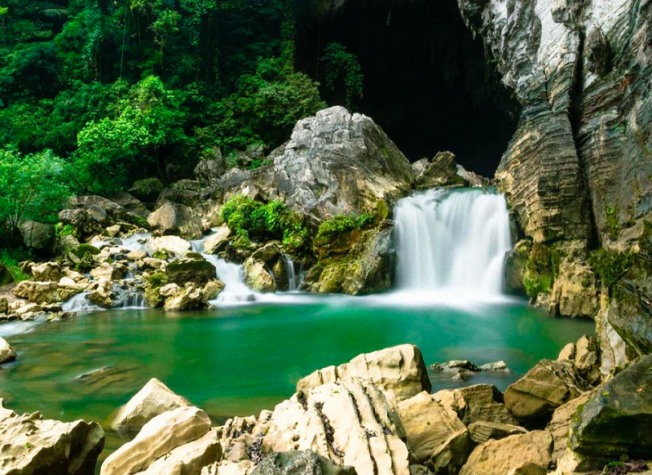
10 Best National Parks in Vietnam
Vietnam Travel Guide: If you look for the Best Wildlife Discovery Experience in Vietnam, here are...
Read More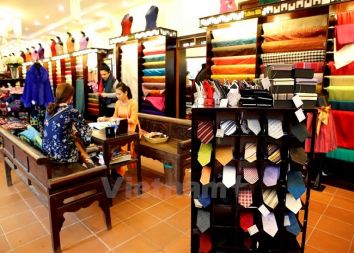
Best Souvenir to Buy in Vietnam
If you look for Best Things to Buy when traveling to Vietnam to bring home for your family & friends...
Read More
The 10 Best Places to Visit in Vietnam
Vietnam Travel Guide: Home to an extensive collection of historical and cultural attractions,...
Read More
Top 10 Museums You Should Not Miss in Vietnam
Vietnam, 4.000 years old country has a unique and lengthy history, culture with 54 ethnic groups. It...
Read MoreFind your trip
Vietnam Best Tours
Vietnam Car Rental
Vietnam Travel Blog
- Vietnamese People: Origin, History, Culture and Traditions
- Vietnam Currency: Best ATM and Places to Exchange Money
- Vietnam Map: Regions, Cities & Provinces Map of Vietnam
- What is illegal Things in Vietnam: Rules & Laws for Tourists
- Best Time to Travel to Vietnam to Avoid the Bad Weather
- Vietnam News: Population & Religions of 54 Ethnic Groups



